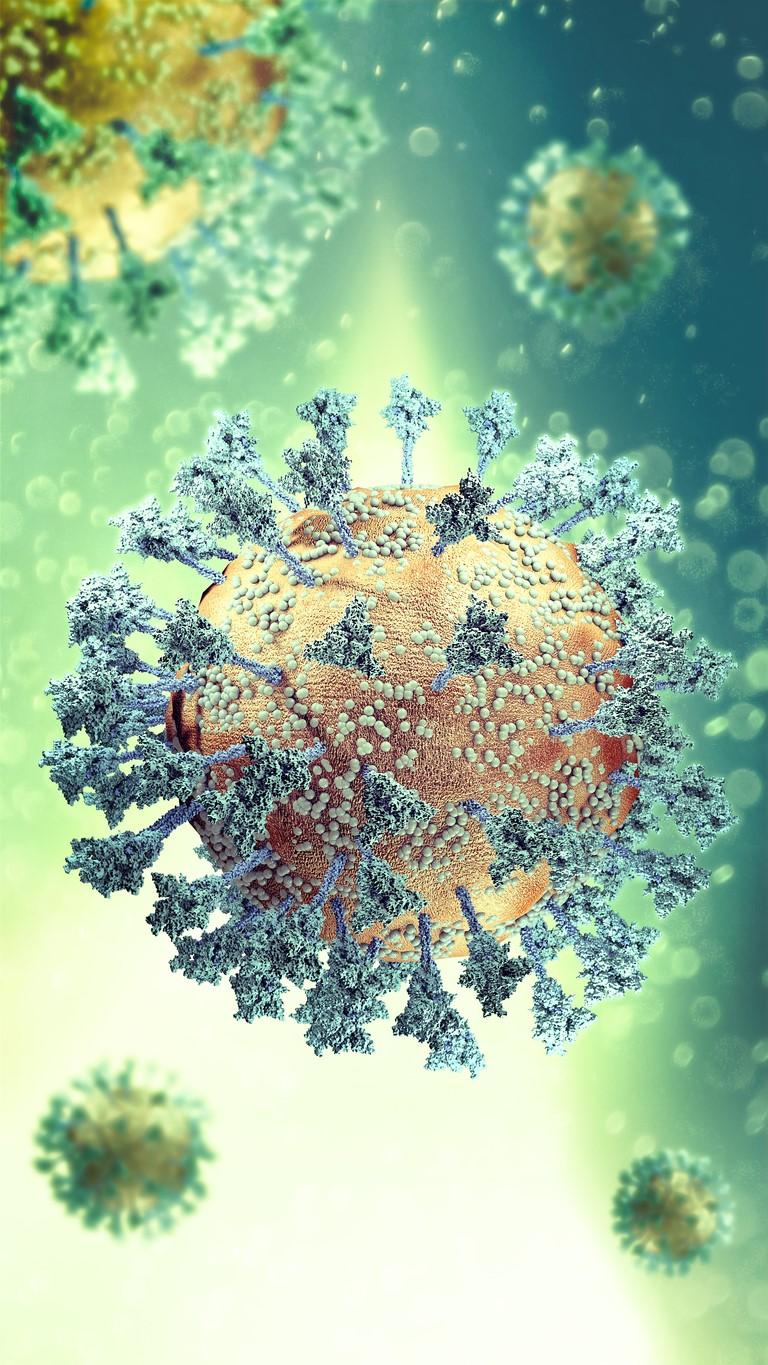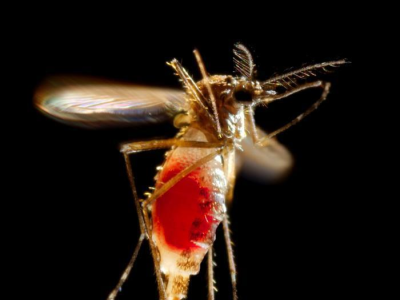The latest Omicron subvariants behind new COVID-19 surges in the United States and abroad have an enhanced ability to escape immunity conferred by three vaccine doses and all but one antibody therapy tested, finds a laboratory study published yesterday in Nature.
Omicron BA.2.12.1, BA.4, and BA.5, the latter two of which now make up more than 70% of US COVID-19 infections, are highly transmissible and evasive owing to new mutations in the virus's spike proteins.
A team led by Columbia University scientists studied the ability of SARS-CoV-2 antibodies to neutralize the subvariants. The antibodies were obtained from the sera of participants who had either received at least three doses of an mRNA COVID-19 vaccine or who were infected with Omicron after receiving two doses.
The spike protein of BA.2.12.1 has two more mutations than BA.2, while BA.4 and BA.5 have identical spike proteins with four additional alterations. "This antigenic distance is similar to that between the Delta variant and the ancestral virus and thus is likely to lead to more breakthrough infections in the coming months," the authors wrote.
BA.4/5 at least 4-fold more resistant
Relative to BA.2, the BA.2.12.1 subvariant was about 80% more resistant (1.8-fold) after three vaccine doses, but BA.4 and BA.5 were at least 4.2 times more resistant, increasing the likelihood of breakthrough infections.
When the researchers also evaluated the ability of 19 monoclonal antibody therapies to neutralize the subvariants, they found that only one—Eli Lilly's intravenous bebtelovimab—retained its full efficacy against these strains.
Bebtelovimab is authorized for the treatment of high-risk adults and children 12 years and older diagnosed as having mild-to-moderate illness. Late last week, Eli Lilly announced that it would provide an additional 150,000 doses of the drug to the US government by Aug 5.
In a Columbia news release, senior author David Ho, MD, said that the mutations and resulting higher transmissibility were expected. "Understanding how currently available vaccines and antibody treatments stand up to the new subvariants is critical to developing strategies to prevent severe disease, hospitalizations, and deaths—if not infection," he said.
The authors said that while the new subvariants appear to cause more COVID-19 infections among vaccinated people, the vaccines still offer good protection against severe illness.
Continued vigilance for new strains
"Our study suggests that as these highly transmissible subvariants continue to expand around the globe, they will lead to more breakthrough infections in people who are vaccinated and boosted with currently available mRNA vaccines," Ho said.
He added that efforts to create vaccine boosters to protect against BA.4 and BA.5 may further improve effectiveness against infection and severe outcomes. "In the current environment, though, we may need to look toward developing new vaccines and treatments that can anticipate ongoing evolution of the SARS-CoV-2 virus," he said.
Scientific attention remains focused on each new Omicron subvariant as it emerges, as would be expected, the authors noted. "However, we must be mindful that each of the globally dominant variants of SARS-CoV-2 (Alpha, Delta, and Omicron) emerged stochastically and unexpectedly," they wrote. "Vigilance in our collective surveillance effort must be sustained."




















